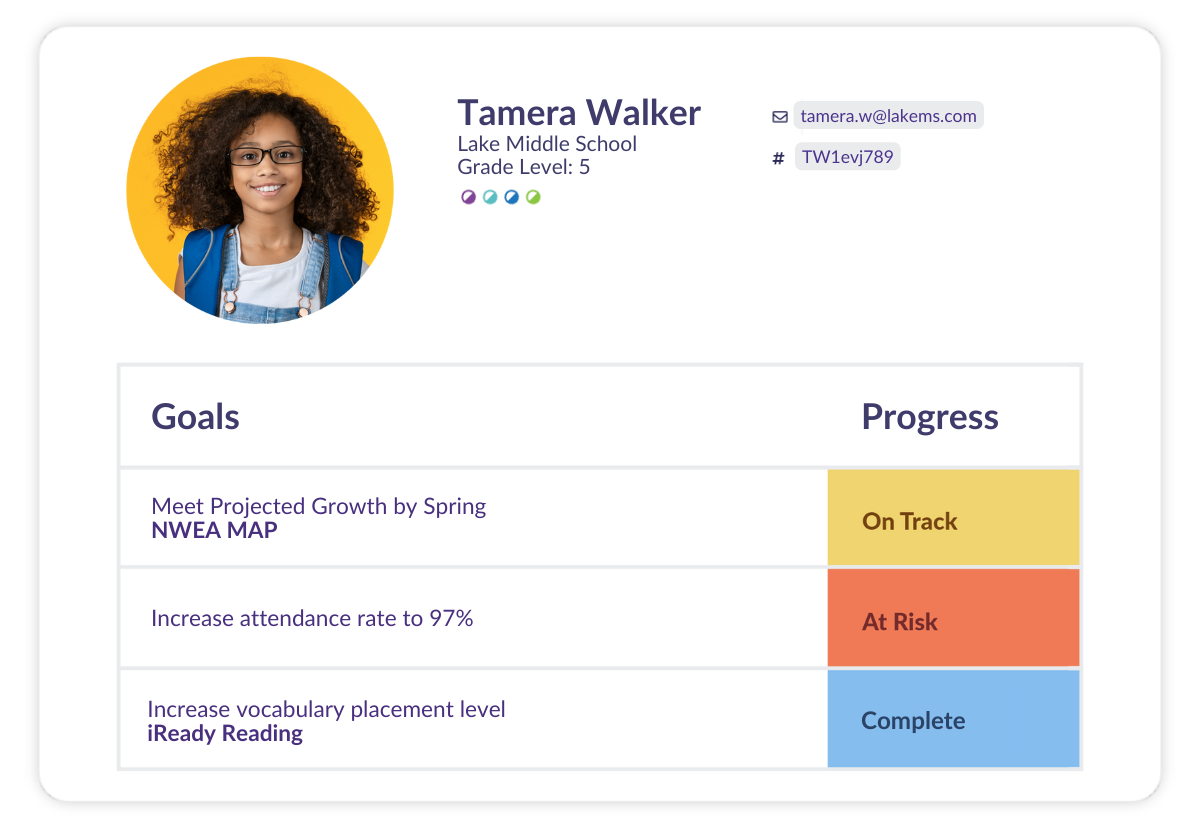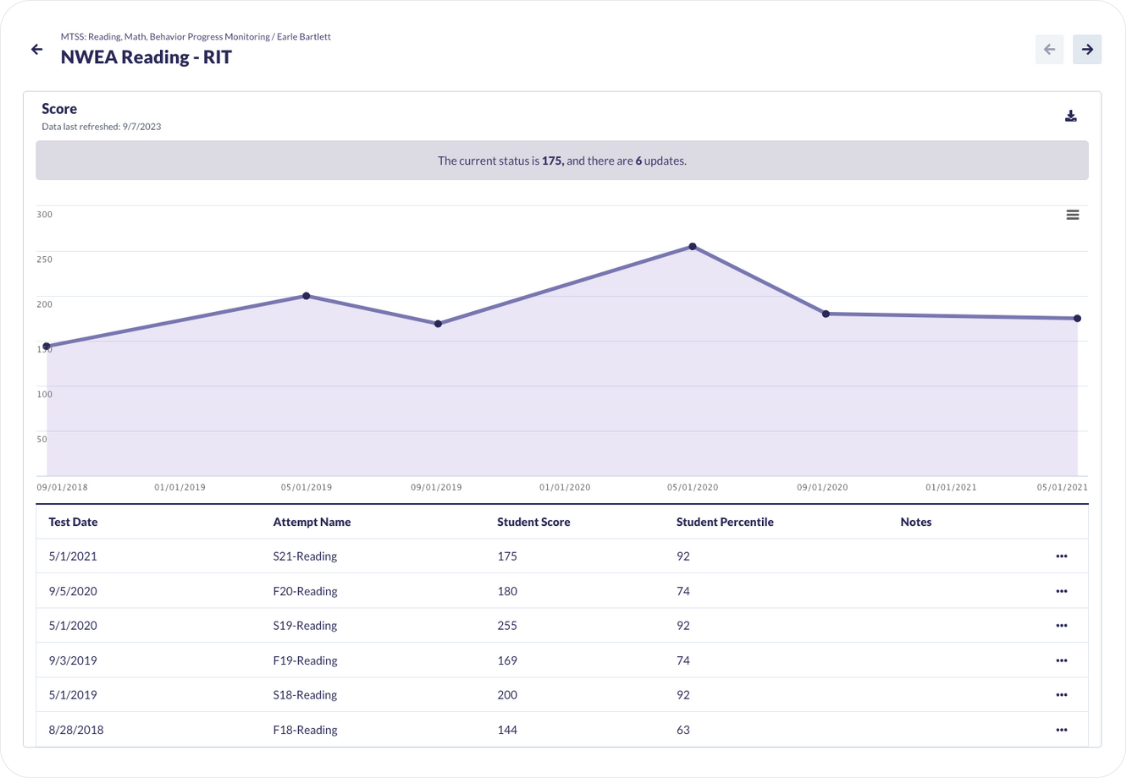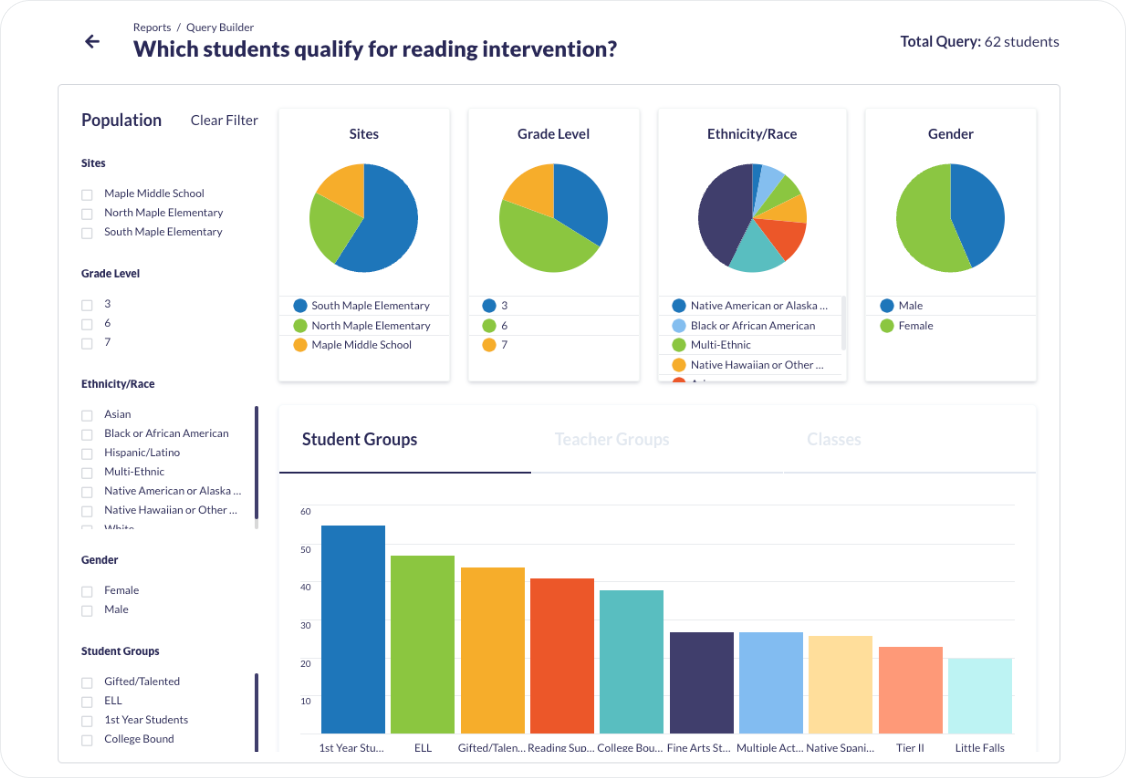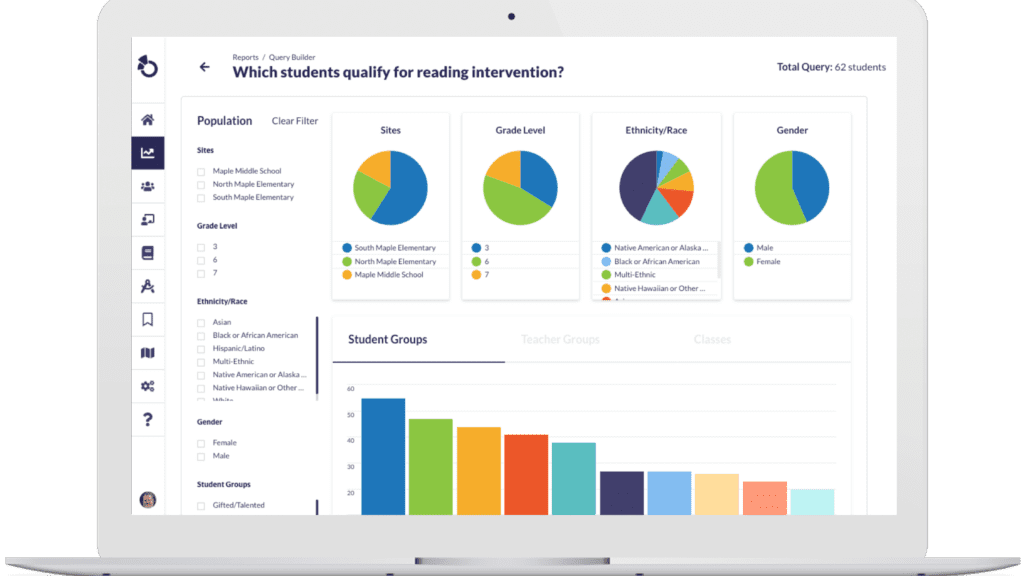Math Interventions: Effective Strategies for Elementary Students
By: David Specht
Unlocking Math Potential: Effective Strategies for Elementary Students
Learning mathematics is a pivotal chapter in a student's educational journey, setting the foundation for critical thinking and problem-solving skills that last a lifetime. This journey involves mastering basic mathematical operations, understanding mathematical concepts, and applying these skills in real-life situations. With dedicated support and effective strategies, educators can navigate students through the challenges of math learning, fostering a strong mathematical foundation and confidence in their abilities.
Cover, Copy, Compare is a straightforward yet powerful method to build fluency with basic math facts and computations. This approach encourages independence and self-assessment, key components in developing mathematical confidence and competency.
Instructions: The student views a solved math problem, covers it, attempts to replicate and solve the problem, and then compares their solution to the original. This method is efficient, requiring only a few minutes, and can be practiced daily to reinforce learning.
Reciprocal Peer Tutoring uses the power of peer interaction to enhance mathematical understanding and fluency. By alternating roles between tutor and tutee, students engage actively with the material, fostering a collaborative learning environment.
Instructions: Pair students and provide them with flashcards that display a math problem on one side (e.g., 6 x 3) and the answer on the other (e.g., 18). The tutor presents a flashcard, and the tutee responds verbally. Incorrect responses are followed by the tutee writing the problem and correct answer three times. Roles are switched after two minutes, ensuring both students benefit from teaching and learning.
The CRA approach helps students deeply understand math by starting with hands-on activities and gradually moving to thinking in more abstract ways. This method matches the natural way students learn, making difficult concepts easier to grasp.
Instructions: Start with physical objects (e.g., blocks) to solve problems, allowing students to touch and feel math in action. Transition to representational forms (e.g., drawings or diagrams) that symbolize the physical objects. Finally, move to abstract symbols and numbers, helping students grasp the ideas behind the math. For example, students could start by using four physical blocks and adding another block to them, physically grouping them together to see the total. Next, students draw a picture of the four blocks and then draw another block beside them, visually representing the addition process. Finally, students write down the number "4" and add "1" to it, transitioning to the abstract notation of "4 + 1 = 5", thereby solidifying their understanding of the addition process through symbolic representation.
Explicit instruction demystifies mathematical concepts and strategies through clear modeling and verbalization. Coupled with cumulative practice, it ensures students not only learn new skills but also integrate them with previously acquired knowledge.
Instructions: Start with a clear goal and warm up with a quick review to remind students of what they've already learned. Explain and demonstrate the new skill or strategy clearly, using different examples and explaining your thinking out loud. Then, move on to practice together with support, followed by practice on their own. Make sure to mix in some review of older skills and use different ways to check if students understand and are involved.
By using these proven math strategies, teachers can help students tackle math problems confidently and build a strong math foundation. These methods focus on making math easier to understand, working together, and learning step-by-step, in turn, making sure every student can succeed in math.
Otus provides a comprehensive platform that is designed to support classroom instruction and student learning. Here's how Otus can assist teachers in tracking evidence-based math interventions:
Data Tracking: Otus allows teachers to input and track data related to students' math progress and intervention outcomes. Teachers can record assessments, observations, and other relevant data points to monitor student growth over time.

Customizable Intervention Plans: Teachers can create personalized intervention plans for students based on their individual needs and the specific evidence-based math strategies or interventions recommended for them. Otus enables teachers to customize intervention plans, set goals, and track progress toward meeting those goals.

Progress Monitoring: Otus provides tools for monitoring progress over time, allowing teachers to regularly assess students' math skills and adjust interventions accordingly. Teachers can use formative assessments, quizzes, and other assessment tools within Otus to gauge student progress and determine the effectiveness of interventions.
Collaboration and Communication: Otus facilitates collaboration and communication among teachers, interventionists, and other stakeholders, including families. Teachers can share intervention plans, progress updates, and insights to ensure a coordinated approach to students struggling with math skills.
Data Analysis and Reporting: Otus offers data analysis and reporting features that allow teachers to analyze trends, identify patterns, and generate reports on students' math intervention progress. Teachers can use these insights to make data-driven decisions and adjust instructional strategies as needed.

To learn more about how Otus can support your school or district to track the success of evidence-based interventions, request a demo.
Request a demo!
See exactly how Otus can help your school accelerate student growth and improve student outcomes – all while saving educators time.





